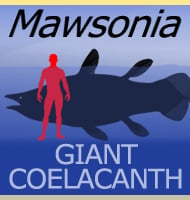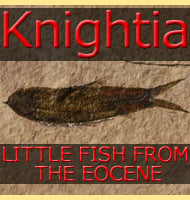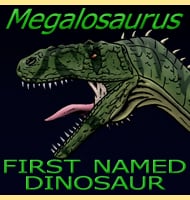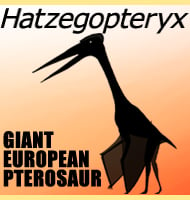In Depth
Eothyris is currently only known from a skull, but from this a little can be inferred about the lifestyle of this genus. The mouth was filled with sharp and pointed teeth, with a pair of enlarged fangs that were near the front of the upper jaw. These were likely used to snare and trap prey such as larger insects which would have been easily impaled upon such teeth. Eothyris has been considered to be a relative Oedaleops, which is why the two genera are often included together within the Eothyrididae.
Further Reading
- New genera and species of pelycosaurian reptiles. - Proceedings of the New England Zo�logical Club 16:89-95. - A. S. Romer - 1937. - Eothyris and Oedaleops: Do these Early Permian synapsids from Texas and New Mexico form a clade? - Journal of Vertebrate Paleontology 29: 39. - R. R. Reisz, S. J. Godfrey & D. Scott - 2009.









